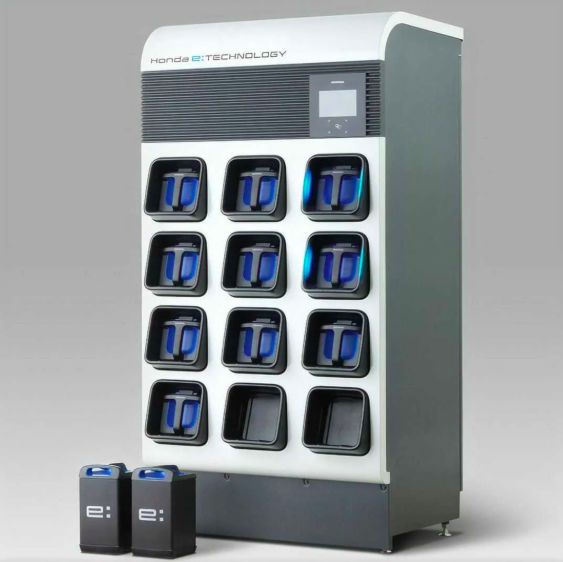EV Battery Swapping: An Overview
Electric Vehicle battery swapping is a fast and efficient method for recharging EVs by exchanging depleted battery packs for fully charged ones. This reduces downtime, removes the need for long charging infrastructure, and boosts fleet management for commercial EV operators.
This technology plays a key role in the acceleration of EV adoption in urban logistics, cab services, and shared mobility. The primary idea is to remove the user's dependency on battery ownership and charge time, transitioning instead to a service-based battery supply model.
By decoupling battery ownership from the vehicle, consumers benefit from lower upfront costs, enhanced battery performance via centralized maintenance, and access to the latest battery technology without changing their vehicle. Swapping stations also offer grid load balancing potential when integrated with renewable energy sources and smart grid systems.
Countries like China and India are pioneering large-scale battery swapping infrastructures due to the immense benefits in two-wheeler and commercial EV segments. The modularity of batteries ensures that scaling operations is feasible while maintaining cost-efficiency.

Key Components Involved
Battery Swapping Process
The general battery swapping process includes:
- Drive into a designated swapping station
- Vehicle authenticates and aligns for battery removal
- Automated arm removes depleted battery
- New fully-charged battery is installed
- Vehicle performs self-check and exits
| Advantages | Limitations |
|---|---|
| Faster turnaround time | Standardization of battery form factor needed |
| Ideal for commercial fleets and taxis | Initial infrastructure investment is high |
| Reduces EV cost by decoupling battery ownership | Battery availability may limit scalability |
Video Resources
Inside NIO Power Swap
Take a tour inside NIO’s automated EV battery swapping system — futuristic and fast.
Battery Swapping Explained
A technical explanation of battery swapping and why it might be the future of EV charging.
Battery Swap in India
See how Indian startups are implementing battery swapping models at scale.